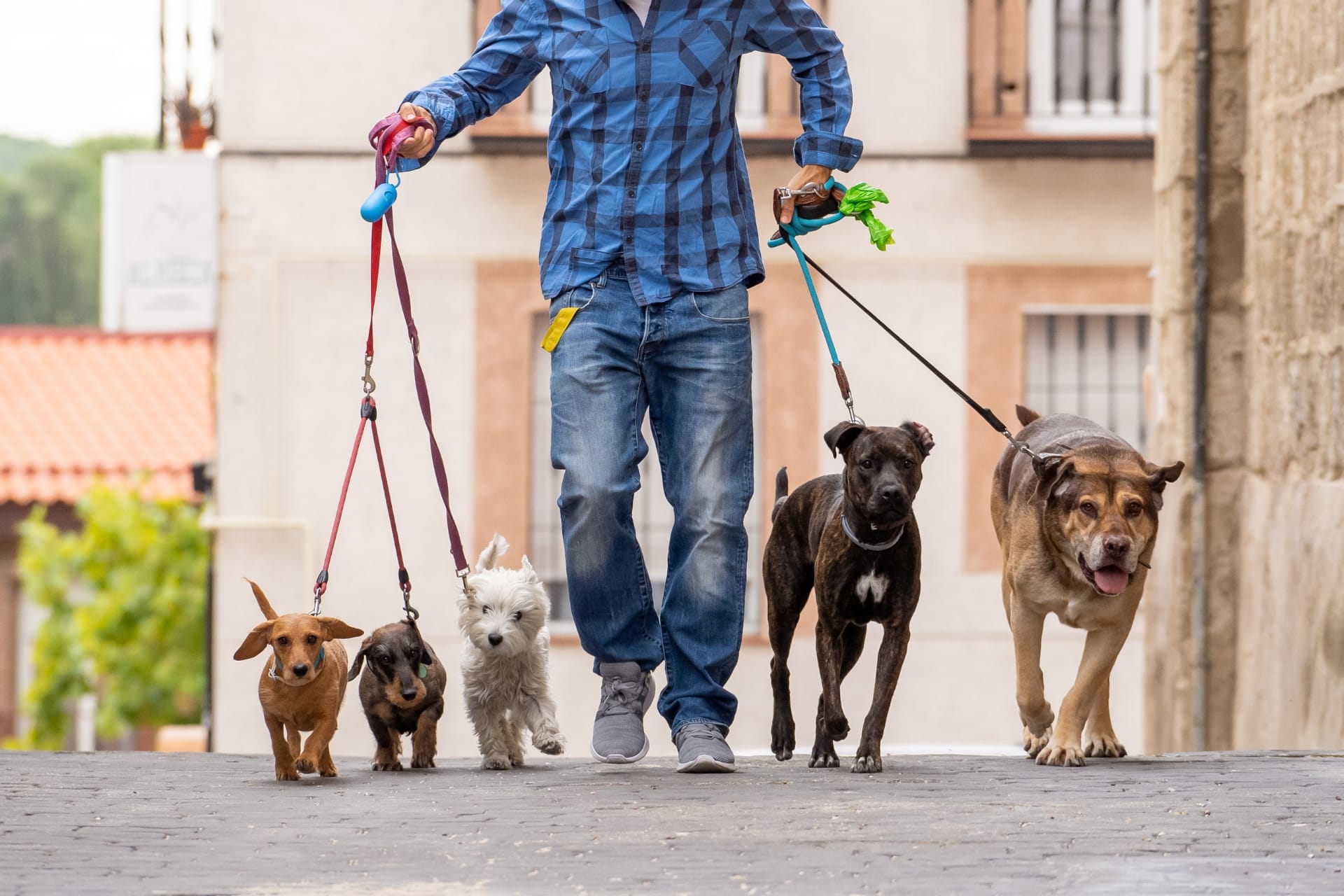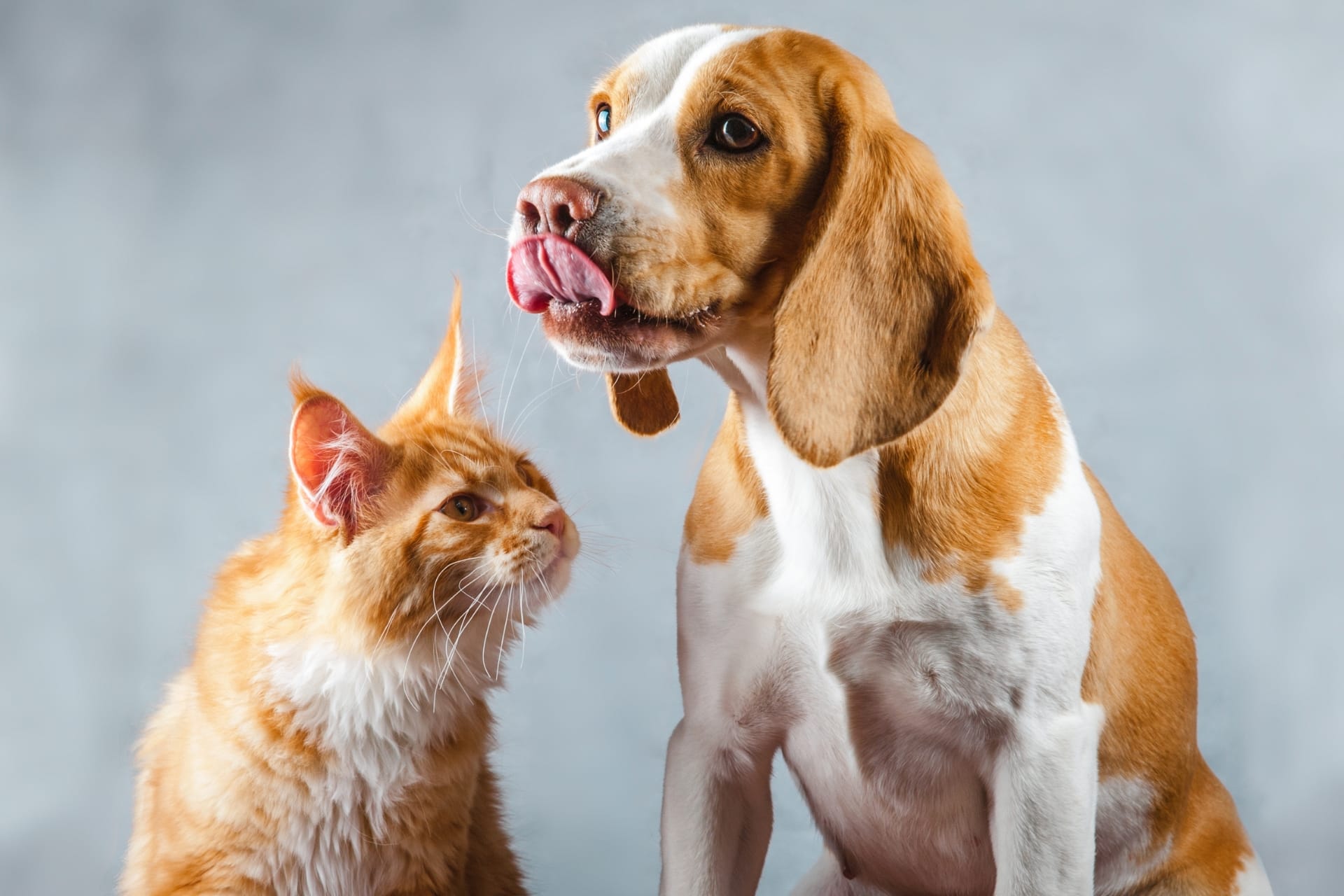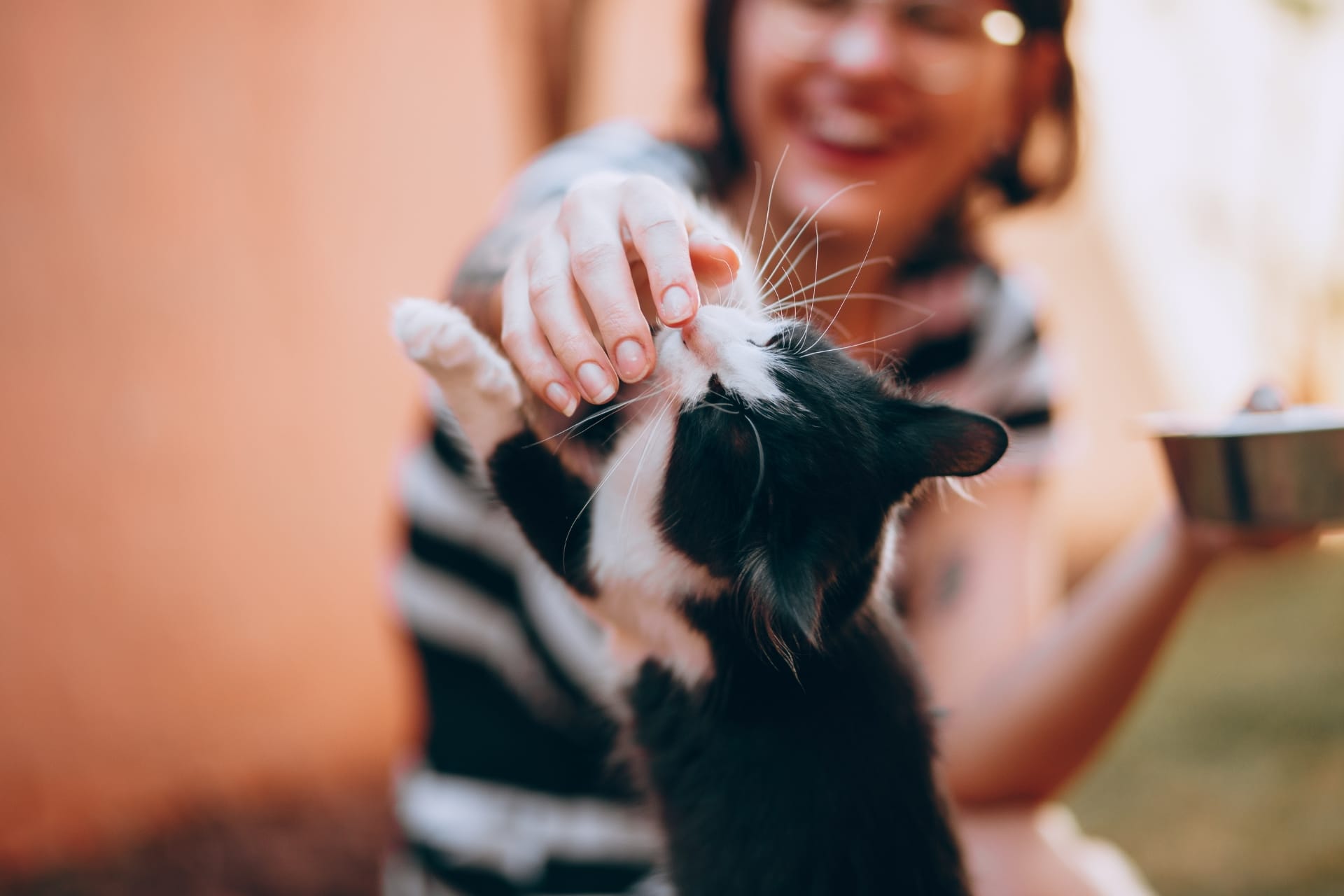TL;DR: Dodge common dog sitting mistakes like overfeeding, skipping exercise, or unclear instructions to keep your pup happy. Use Petme’s guide to ensure great care for owners and sitters!
Dog sitting should leave your pup wagging their tail, not hiding under the couch. But simple mistakes – like giving too many treats or missing a walk – can stress your dog and frustrate everyone involved. Whether you’re an owner hiring a sitter or a sitter caring for a furry friend, avoiding these errors is key to a happy, healthy experience. One wrong move, like ignoring a dog’s nervous growl, can turn a cozy visit into a ruff day 🐶. Both sides play a role: owners need clear communication, and sitters need preparation. Platforms like Petme help with trusted sitters and community support, but knowing what to avoid makes all the difference. This guide explores why mistakes happen, the top errors for sitters and owners, and how to prevent them for a pawsitive outcome. Ready to keep your dog’s day bark-tastic? Let’s dive in!
What causes dog sitting mistakes?
Mistakes in dog sitting often come from inexperience, miscommunication, or assuming a dog’s needs are simpler than they are. New sitters might think a dog “knows” how to behave without reinforcing commands (new sitter? check out this guide), while owners might leave vague instructions, expecting the sitter to figure it out. Rushing bookings without a meet-and-greet or ignoring signs like a dog’s tucked tail can lead to stress or accidents. Overenthusiasm, like sneaking extra treats, can upset a dog’s stomach, and underestimating the job’s demands leaves sitters unprepared for messes or emergencies.
These slip-ups aren’t intentional – they’re usually honest oversights. Preparation fixes this: sitters can review owner notes and ask questions, while owners can provide detailed guides and vet sitters carefully. Platforms like Petme help with profiles, reviews, and messaging to align expectations. Meet-and-greets let both sides see how the dog reacts, preventing mismatches. Understanding these causes helps avoid errors, ensuring dogs stay happy and care runs smoothly. For tips on choosing a sitter, see our guide to choosing a reliable dog sitter.
Key sitter mistakes and how to avoid them
Dog sitters can make errors that disrupt care, but detailed preparation prevents them. Not reinforcing training is a common mistake – skipping cues like “sit” or “stay” can make walks or feeding chaotic, especially for excitable dogs. During a meet-and-greet, ask the owner to demonstrate commands and practice them, using consistent rewards like treats or praise. This keeps the dog’s behavior in check, ensuring safety and calm.
Overfeeding or too many treats tempts sitters when dogs flash those puppy eyes 😄. Extra food or treats can cause digestive issues or weight gain, especially for dogs on strict diets. Follow the owner’s feeding guidelines exactly, measuring portions (e.g., 1 cup twice daily) and limiting treats to one or two small ones. Ask about dietary restrictions during setup to avoid mistakes.
Neglecting exercise needs leaves dogs restless, leading to chewing or anxiety. A high-energy breed like a Border Collie needs at least 30-60 minutes of daily walks or play, while a senior dog might need a gentle 15-minute stroll. Check the owner’s instructions and match the dog’s energy level, adjusting routes to avoid busy areas for nervous pups.
Ignoring body language risks missing stress signals, like a tucked tail or flattened ears, which can lead to aggression or fear. Learn to read signs of discomfort (e.g., yawning, lip licking) and give the dog space, avoiding forced petting. Resources like behavior guides can help, as can owner insights during a meet-and-greet.
Poor communication with owners erodes trust, like not reporting a dog’s limp or skipped meal. Use Petme’s messaging to send daily updates, including photos or notes about behavior changes. This keeps owners informed and builds confidence in your care. If unsure about a task, ask promptly to clarify.
No backup plan for emergencies – like illness or car issues – can disrupt care. Arrange a substitute sitter in advance, sharing their contact with the owner via Petme. For example, if a dog needs urgent vet care, a backup ensures continuity. Discuss this plan during the initial meeting.
Setting prices too low to attract clients can signal inexperience and hurt your business. Charge fair rates – $15-$25 for a 30-minute walk, $25-$40 for an hour, per Petme averages – reflecting your skills and effort. Check market rates to stay competitive without undercutting yourself.
Not having liability insurance leaves you vulnerable to risks, like a dog escaping or an accident. Secure insurance through providers like Pet Sitters International to cover potential issues. Inform owners you’re insured to boost trust, especially for boarding or house sitting.
Reinforcing bad behavior, like giving attention to barking or jumping, can worsen habits. Redirect with positive reinforcement—reward calm behavior with a treat or praise, ignoring unwanted actions. Ask owners about their training methods to stay consistent.
Skipping regular updates leaves owners worried about their dog’s well-being. Send daily photos or videos via Petme, showing the dog playing or eating. This reassures owners and highlights your care, especially for long-term sittings like boarding. These steps keep sitting professional and dogs happy.
Key owner mistakes and how to avoid them
Owners can set sitters up for failure with avoidable errors. Providing unclear instructions is a top mistake – vague notes like “feed when hungry” lead to overfeeding or confusion. Write a detailed instruction sheet, specifying food amounts (e.g., 1.5 cups at 8 AM), walk times, medications, and behaviors (e.g., “avoids loud streets”). Share via Petme’s messaging or a physical copy. See our instruction sheet guide for tips.
Skipping meet-and-greets risks hiring a sitter your dog dislikes. Arrange a meet-and-greet to observe interactions – a happy wag is a good sign, but growling means try another sitter. Discuss routines and ask about experience with similar dogs, like reactive or senior pups, to ensure a match.
Choosing lowball sitters to save money often leads to inexperienced care. A $10 walk might skip insurance or training, risking your dog’s safety. Review Petme profiles for certifications (e.g., pet first aid) and positive reviews, prioritizing quality over cost. Expect $15-$25 for a 30-minute walk, though it always depends on your location.
Ignoring separation anxiety can stress your dog, especially during house sitting or boarding. Share triggers (e.g., doorbells) and calming strategies, like leaving a worn shirt or playing soft music. A meet-and-greet helps test the dog’s comfort with the sitter, reducing anxiety risks.
Neglecting socialization or grooming needs can lead to issues, especially for puppies or long-haired breeds. Inform the sitter if your dog needs exposure to other pets for socialization or regular brushing to prevent mats. Provide grooming tools and note socialization preferences, like avoiding dog parks for shy dogs.
Not providing enough supplies burdens sitters, forcing them to buy food or clean-up products. Stock extra food, leashes, treats, and cleaning supplies (e.g., enzyme spray) to cover accidents. Label items clearly and ensure easy access, like a lockbox for drop-in visits. These steps empower sitters to deliver great care, keeping your dog healthy and content.
Your inbox needs this
Subscribe to the Petme newsletter for weekly updates with pet care tips, tales, and member-only perks.

Conclusion: Keep dog sitting mistake-free
Avoiding dog sitting mistakes – like neglecting exercise, overfeeding, or vague instructions – ensures a happy pup and a smooth experience for owners and sitters. Detailed preparation, clear communication, and proper vetting prevent these errors, whether for boarding, house sitting, drop-in visits, or dog walking. Petme’s community, reviews, and messaging make it easier to connect with reliable sitters and share clear care plans. By dodging these common pitfalls, you keep your dog’s tail wagging and build trust on both sides. Join Petme to find sitters who prioritize your pup’s happiness. For more pet care insights, explore our complete guide to pet sitting.
FAQs: Your dog sitting mistakes questions answered
What are common dog sitting mistakes?
Overfeeding, neglecting exercise, poor communication, and unclear instructions; avoid them with Petme’s preparation tips and clear routines.
How can sitters avoid dog sitting errors?
Reinforce training, communicate via Petme, follow feeding guidelines, ensure exercise, and get insurance to stay professional.
What mistakes do owners make in dog sitting?
Vague instructions, skipping meet-and-greets, and choosing cheap sitters; use Petme’s guide for detailed prep.
How to avoid overfeeding in dog sitting?
Measure food precisely, limit treats, and follow owner guidelines to prevent digestive issues.
How to ensure proper exercise in dog sitting?
Match walks or play to the dog’s energy, like 30-60 minutes for active breeds, per Petme’s walking guide.











